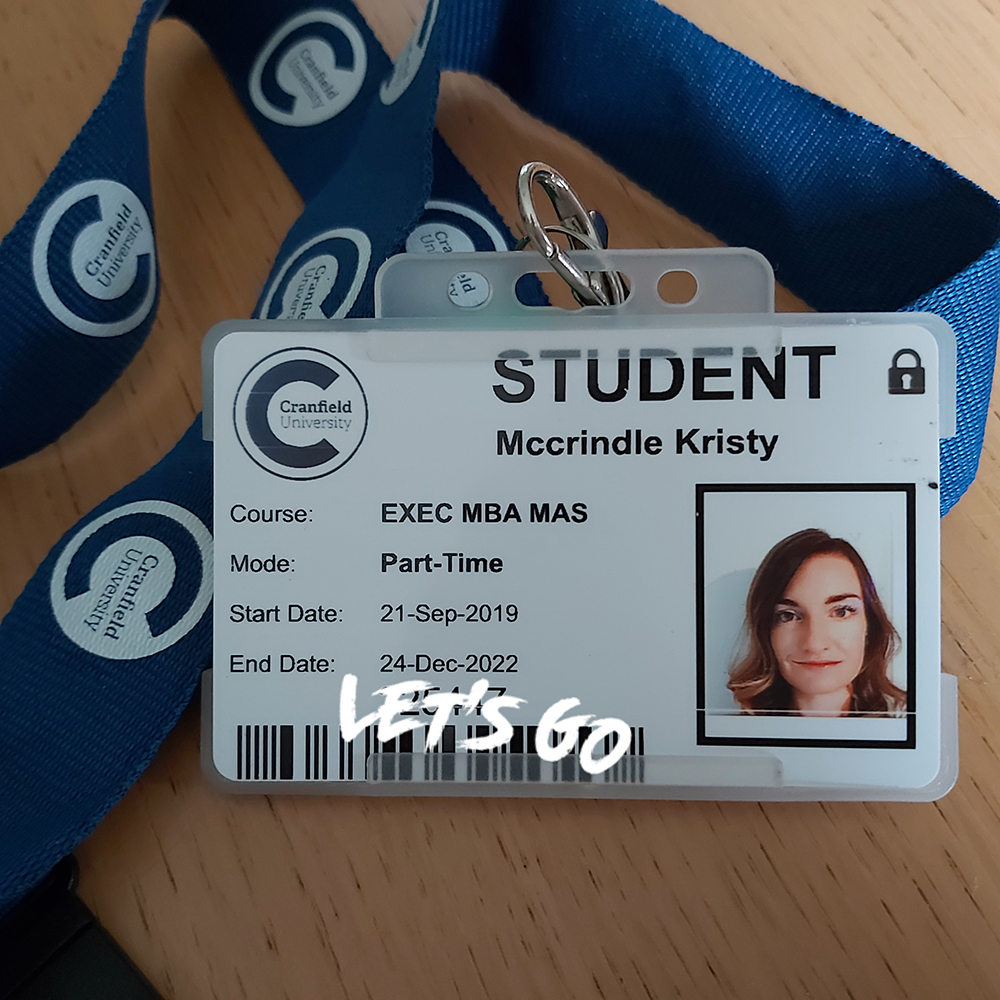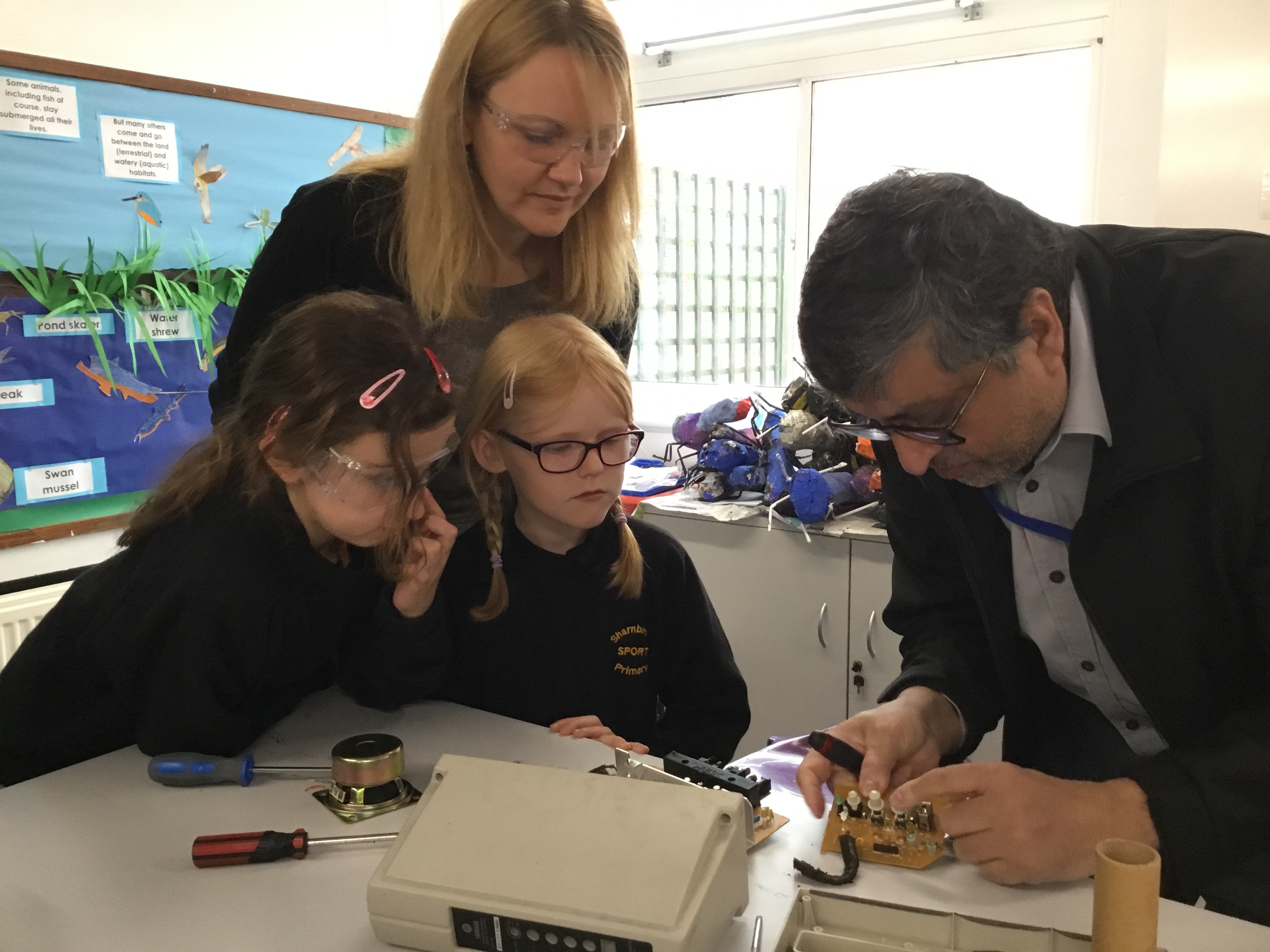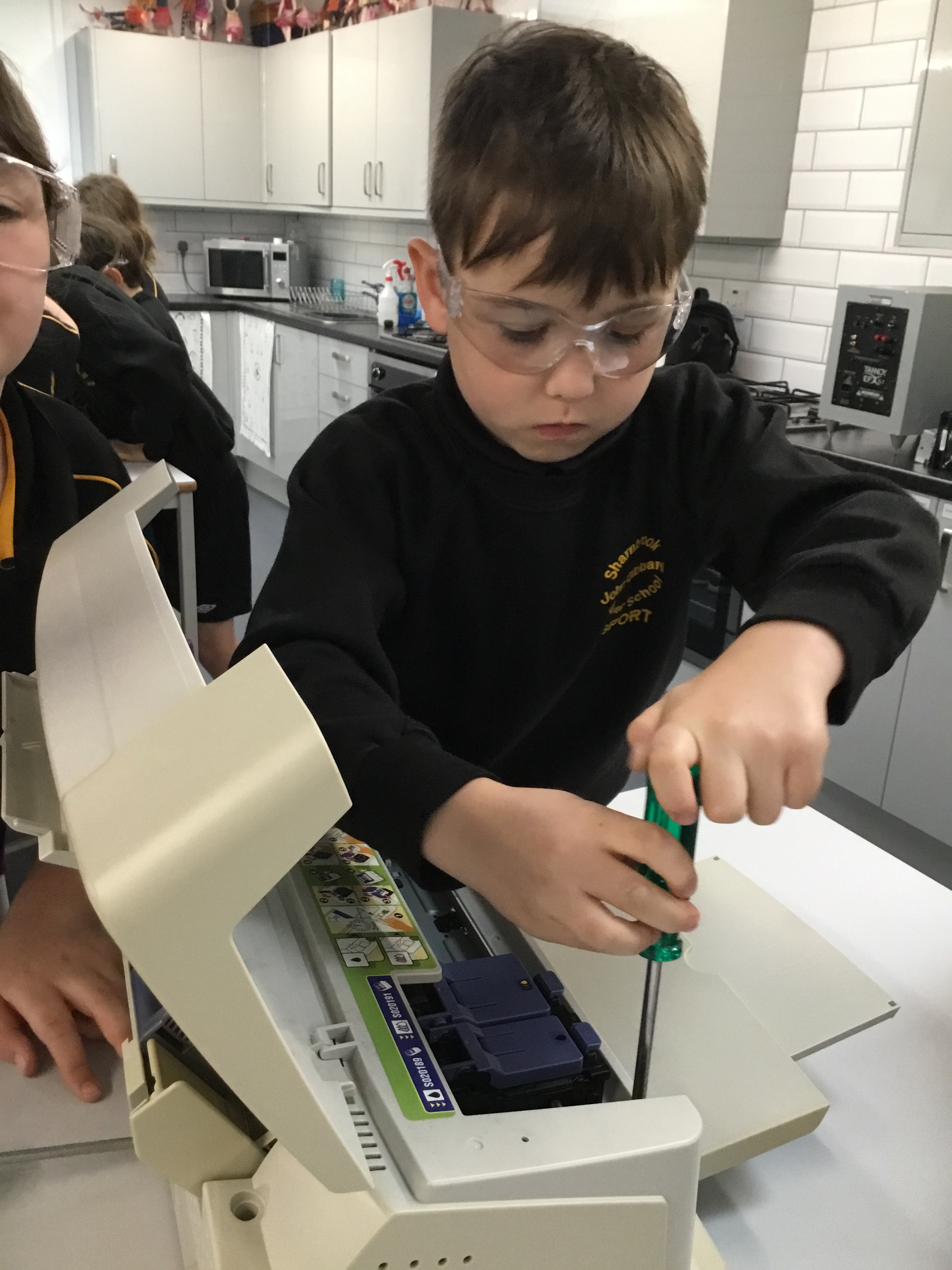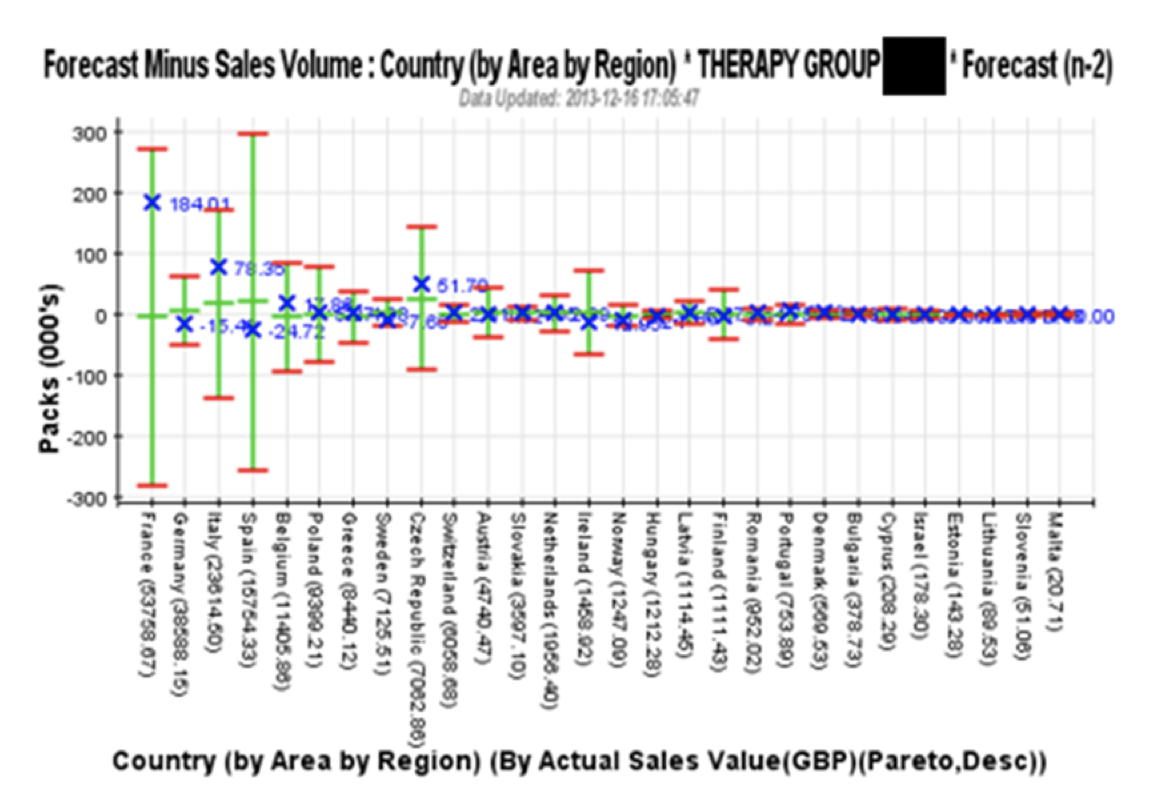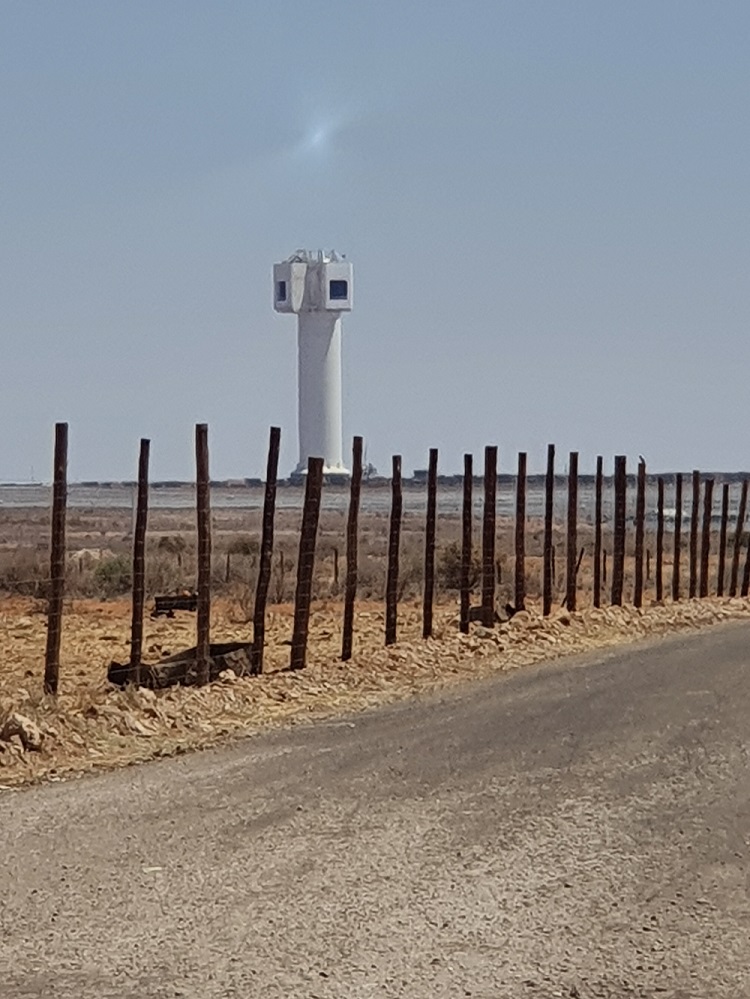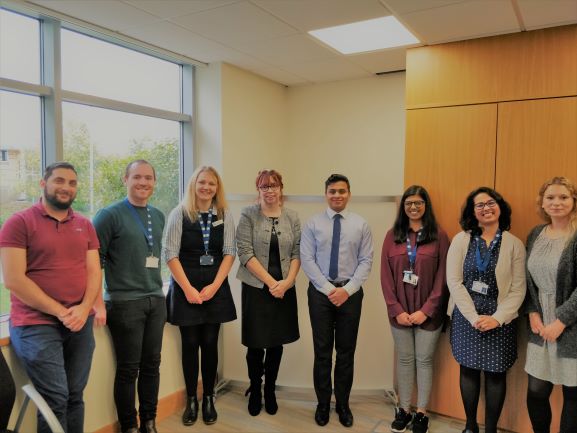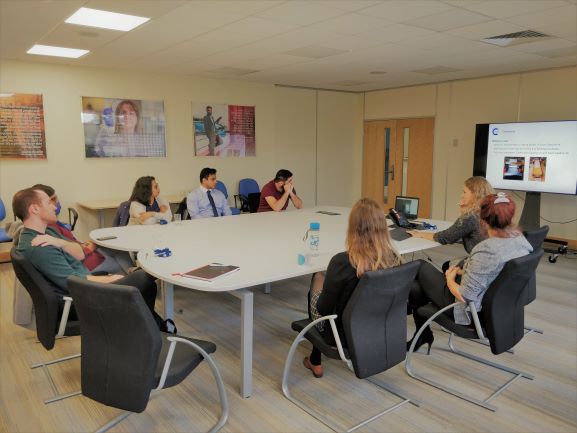Events & Promotions
|
|

GMAT Club Daily Prep
Thank you for using the timer - this advanced tool can estimate your performance and suggest more practice questions. We have subscribed you to Daily Prep Questions via email.
Customized
for You
Track
Your Progress
Practice
Pays
Not interested in getting valuable practice questions and articles delivered to your email? No problem, unsubscribe here.
- Nov 20
07:30 AM PST
-08:30 AM PST
Learn what truly sets the UC Riverside MBA apart and how it helps in your professional growth
Kudos
Bookmarks
Here you’ll find the latest blog posts from students and staff specialising in leadership and management. You can find out more about our work in leadership and management, and take a look at our courses, on our main website.
⚠ This discussion has been closed due to inactivity. Please start a new topic in the Business School Applications Forum if you have a similar question or a comment.
Thank you,
GMAT Club Moderator Team.
⚠ This discussion has been closed due to inactivity. Please start a new topic in the Business School Applications Forum if you have a similar question or a comment.
Thank you,
GMAT Club Moderator Team.
Kudos
Bookmarks
| FROM Cranfield SOM Blogs: My experience of studying Strategic Marketing at Cranfield University – Term 2 & 3 |
|
As I promised in my previous blog, you will explore Terms 2 & 3 of studying Strategic Marketing through my personal point of view as I share with you my most memorable moments. Term 2 had started with two interesting modules: Managing Brands and Marketing Communications. Starting with Managing Brands, through reading case studies and through working with my team, I learned the strategic role which brands play in creating competitive advantage for a firm as well as how brands are managed to influence consumer behavior along with the creation of shareholder value. Continuing with the Marketing Communications module, I understood and learned how to apply various aspects of marketing communications through very interesting and integrating teaching methods. Something else that I won’t forget about this course is our visit to Museum of Brands in London, where we discovered how brands’ marketing communications have changed over decades. Also, we had the chance to improve current packaging designs of famous brands in relation to future consumer habits and market trends. This term continued with the Retailing and Omnichannel Management module where we learned theoretically and practically to apply different tools and techniques for developing an omnichannel retail strategy. Particularly, working both individually and in teams, we applied our knowledge through studying and improving the current strategy of a high street retailer of our choice. Another useful and interesting course in this term was the Accounting for Marketing Managers module, which enabled us to discover the value of accounting and financial information for enhancing the effectiveness of our decision-making as marketeers. The masterclasses and workshops in this term were very interesting and valuable for me. I really enjoyed the masterclasses of Gustavo Imhof, Jon Norton and Neil Ashworth. In Imhof’s masterclass, we discovered new aspects of customer experience and we had the challenge to create our own airline with our promotional strategy through working in teams. This was enjoyable for all of us. In Norton’s masterclass, we heard about the risks of repositioning a brand through exploring some recent cases of major marketing failures, which was also valuable for my learning experience. Additionally, in Ashworth’s masterclass, we learned in-depth aspects of the omni-channel retailing, which was helpful for me associated with the knowledge I took from the Retailing and Omnichannel Management course. Accordingly, in this term, we had the opportunity to attend in a social media workshop, in which the speaker Annmarie Hanlon provided us useful information about the social media management in organizations. Moving on to Term 3, I faced one of the most challenging, time-pressured and stressful learning experiences in this masters which was the Consultancy Project. We were divided into teams and we worked on a real-world marketing problem of Fitflop; a British footwear designer and manufacturer which sells on a global scale. This project had to be ready in less than a week and it was presented to the client. During this experience, I improved my time-management skills and I learned that good teamwork can bring valuable results for meeting the demands of a real-business problem. 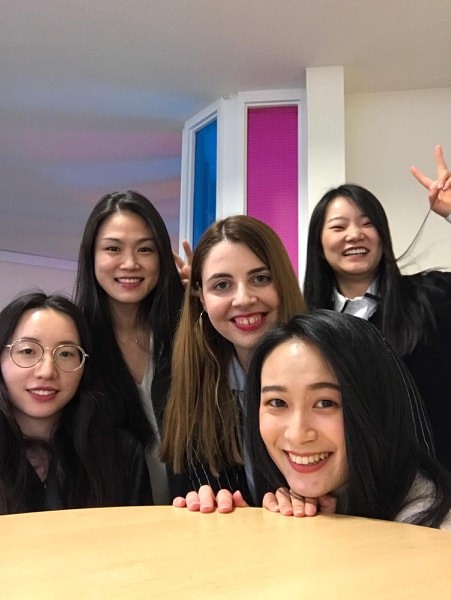 Term 3 was also important for me as through the Research, Insights and Statistics module, I increased my skills in SPSS and NVIVO, which was useful for me both for the dissertation and for my future career as a marketeer. Regarding the dissertation procedure, the professors suggested different interesting topics and we had to choose our top three or to suggest our own topic for approval. Luckily, I took the most interesting topic for me. The whole researching and writing thesis procedure took me 3-4 months, in which I upgraded many skills and knowledge and I worked very effective with my supervisor. This was my whole Cranfield experience! It was a full year of good memories which helped me a lot for my future career. I suggest this course to everyone who has a passion and love for continuously learning new things. Thank you for taking the time to read my blog! 
|
This Blog post was imported into the forum automatically. We hope you found it helpful. Please use the Kudos button if you did, or please PM/DM me if you found it disruptive and I will take care of it.
-BB
Kudos
Bookmarks
| FROM Cranfield SOM Blogs: Developing Self-Inflating tyres |
|
As the automotive industry continues to grow, so has the increase in environmental pollution due to exhaust emissions and tyre wear. Globally there is much interest around things like electric, and hydrogen powered vehicles, however the problem of pollution from tyres goes largely unmentioned, yet still exists. As the world moves towards electric vehicles by 2030, up to 90% of harmful emissions will be generated by particulate matter from tyres. Generally there is little awareness about the particulate matter generated from tyre abrasion. These particulates are so small (2.5 micrometres), which not only toxifies the urban air but is also inhaled (nasal hair is incapable of capturing such small particulate matter) creating a serious health concern (autoexpress.co.uk, 2018). Tyre wear is a dynamic phenomenon which occurs due to various factors such as excessive braking and overloading, but the most significant factor being under inflation – less air inside the tyre than the manufacturer’s recommendation. As part of my MSc in Advanced Mechanical Engineering, Cranfield provided me the opportunity to choose my own research topic for my individual thesis. I decided to make a self-inflating tyre in an attempt to help save Mother Nature. If successful this idea will not only reduce environmental pollution but will also increase tyre life, smooth steering and increased fuel efficiency. For project support I was fortunate to be assigned Dr. Jerry Luo, a highly skilled supervisor with a strong background in energy harvesting, and he was the best guide I could hope for during this project. Phenomenal resources and facilities at Cranfield, access to unlimited research journals, study material and the guidance of highly skilled and knowledgeable faculty were enough to give wings (or just better inflated tyres) to my idea. Considering the model of self-inflating tyre to be economical and with a strong determination, my journey started with the engineering design, durability testing, environmental impact and cost per component if mass produced was analysed using the University’s well-resourced IT laboratory. After the technological review of the design it was decided to make a fully funded, functional prototype. Manufactured on site using Cranfield’s extensive facilities, a working inflating system was made which could be installed in any wheel assembly to make it self-inflating. Design was purely mechanical with no external energy used. Cranfield University truly is an ocean of opportunities, and gave me a platform to showcase my thesis work at the exhibition day in front of invited guests including and not limited to researchers and representatives from industry, and helped me to make strong industrial connections to help launch my career. With the exhibition day done, and the celebratory barbeque party thereafter, my time as an MSc student at Cranfield University ended on a positive note. However my journey with Cranfield University is not yet over – we are currently looking for ways to take the Self project a step closer towards commercialization, and registering it as an intellectual property. With a successful commencement of my MSc course funded by Cranfield Energy and Power Bursary and a Tier 2 visa Sponsored Job, joining Cranfield University is so far the best decision of my life. |
This Blog post was imported into the forum automatically. We hope you found it helpful. Please use the Kudos button if you did, or please PM/DM me if you found it disruptive and I will take care of it.
-BB



